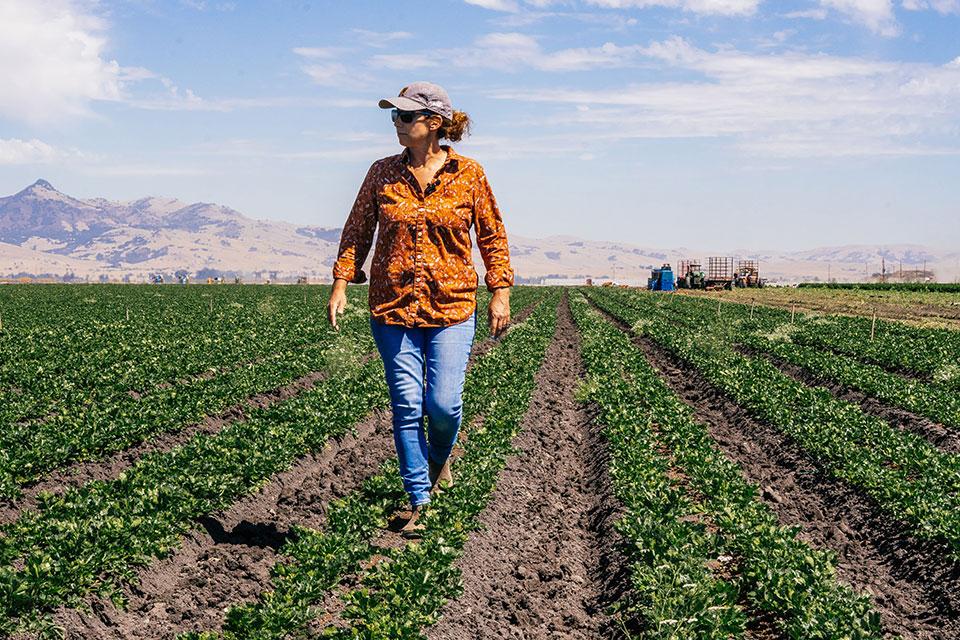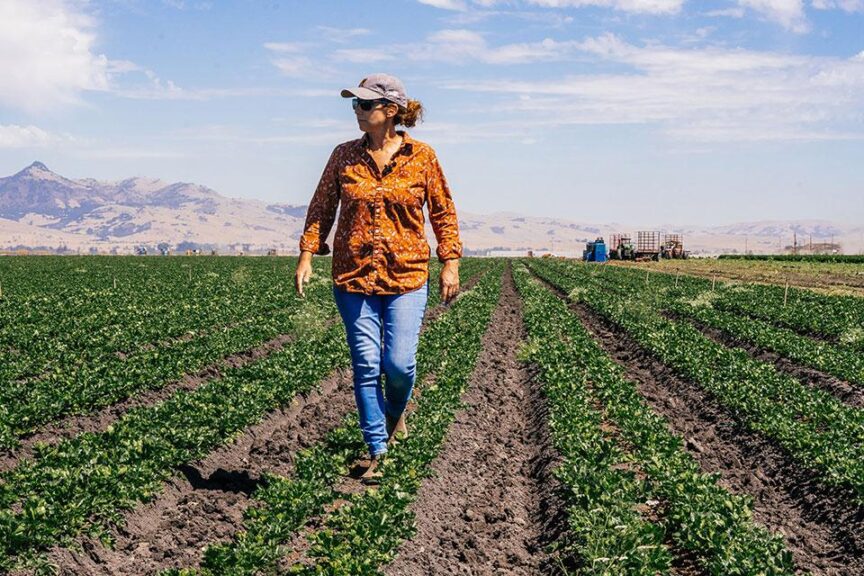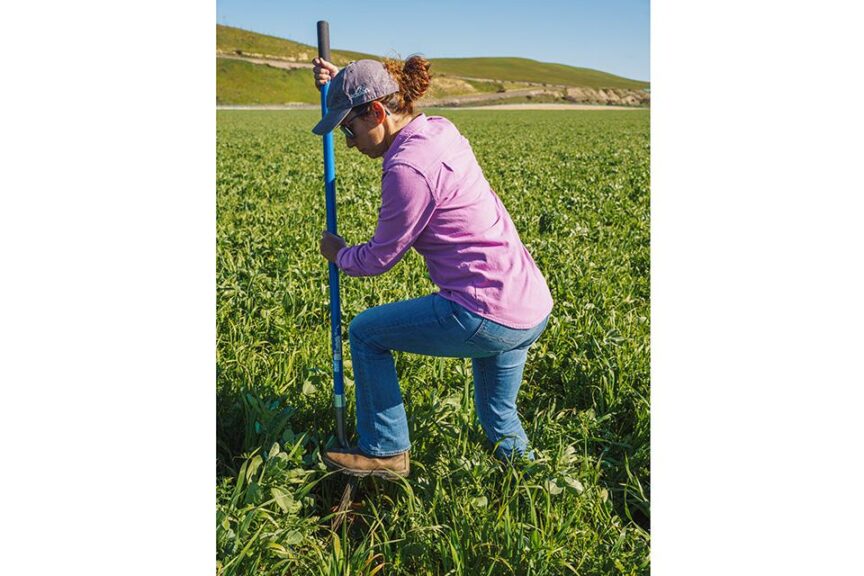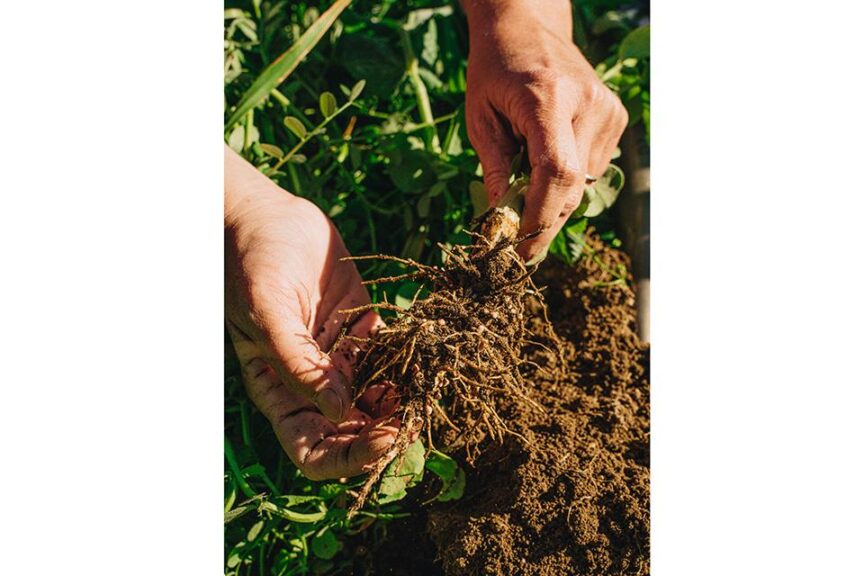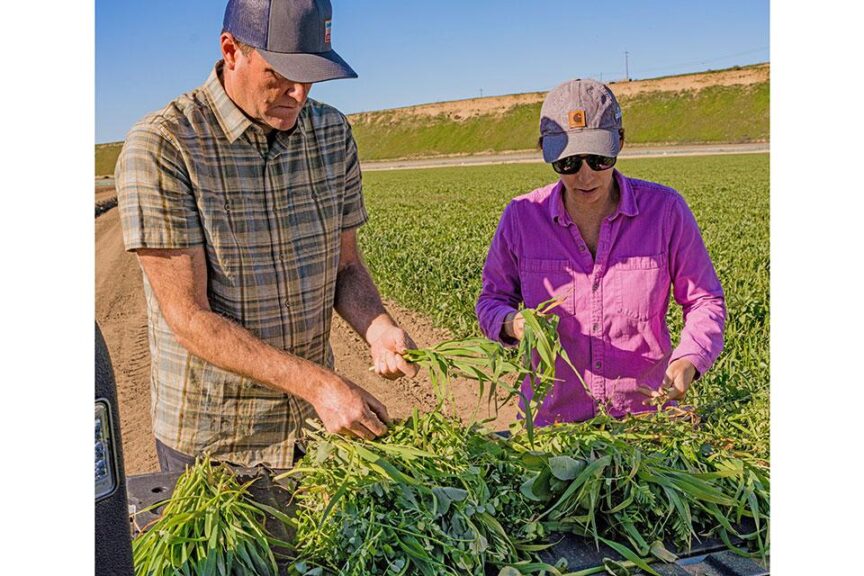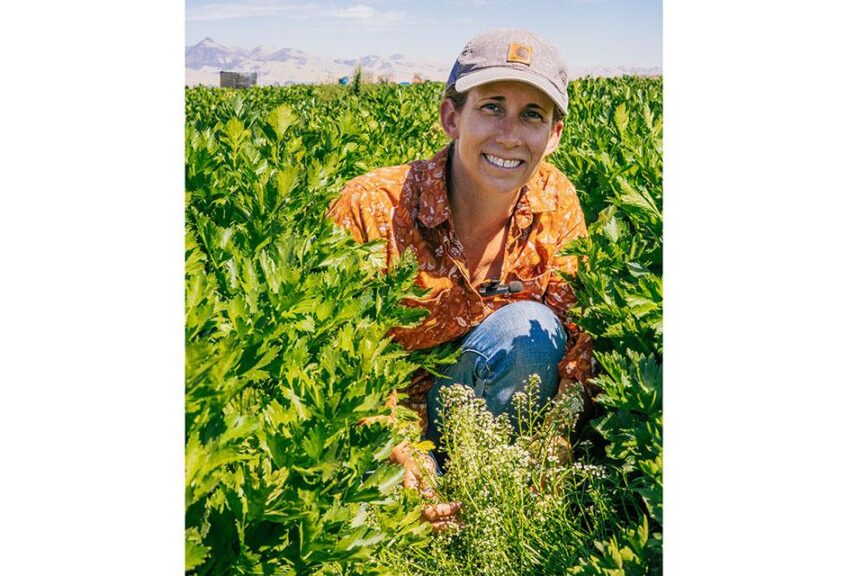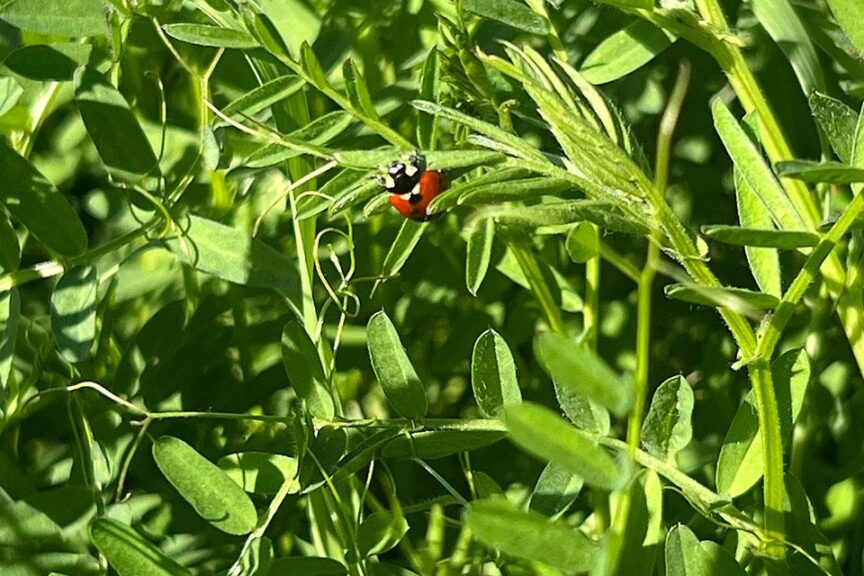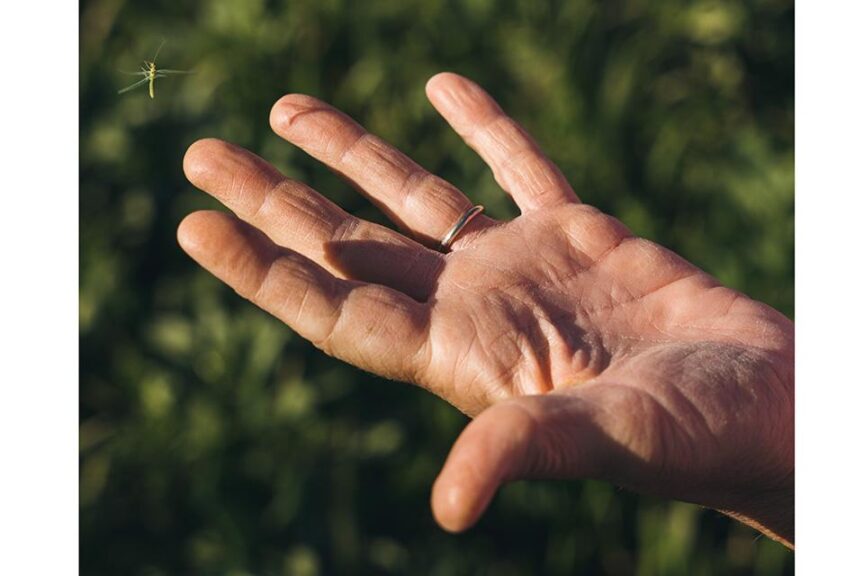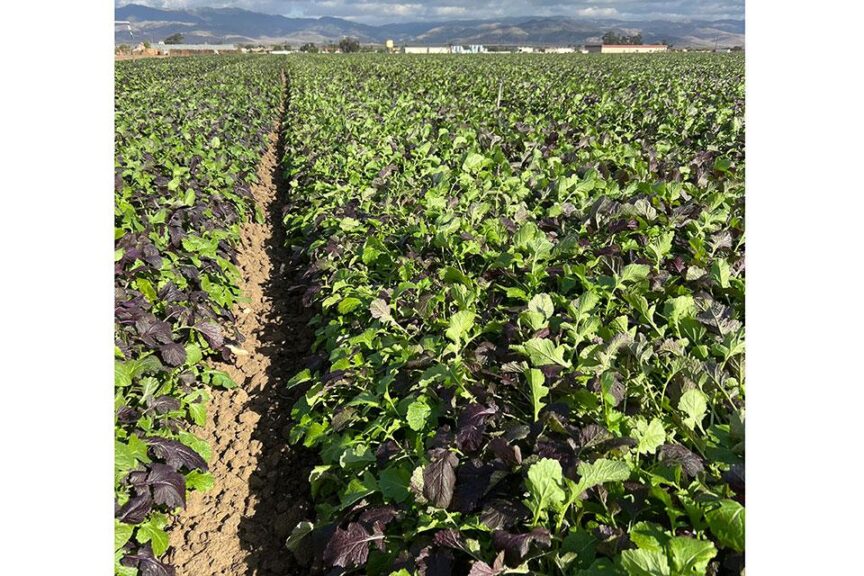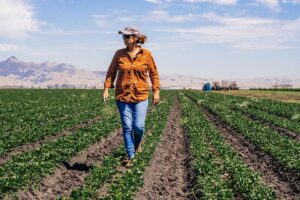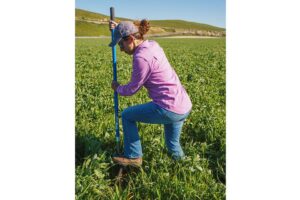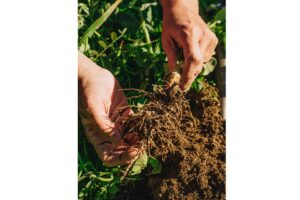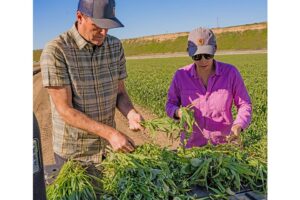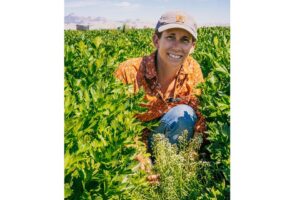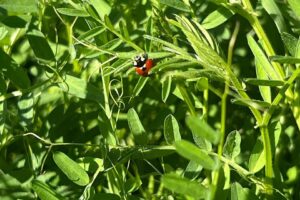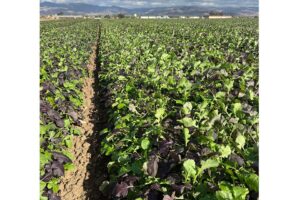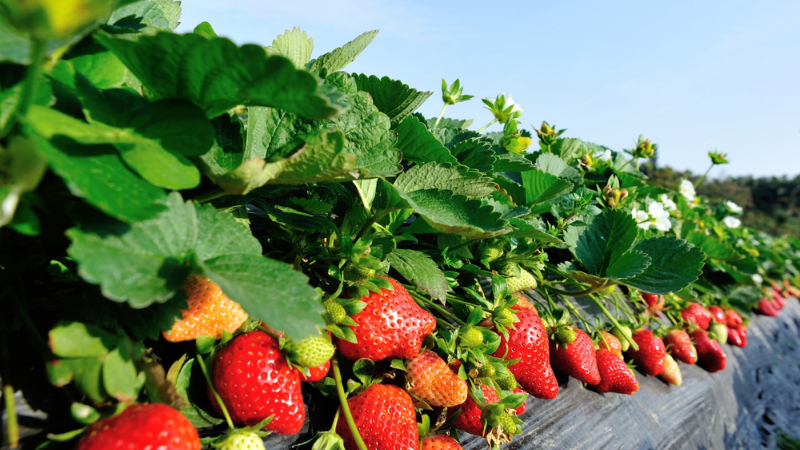Taylor Farms Digs Into the Secrets of Cover Crops
If you drove around Monterey County, CA, during the winter just two or three years ago, you would see pristine fields with nary a weed, much less a cover crop. High-intensity systems like those on the Central Coast can certainly benefit from the break cover crops offer. But it’s not as simple as it seems. For one, it takes a while for a cover crop to establish before it offers its beneficial qualities, says Kim Horton, Agronomy Manager at Taylor Farms. Then you have to squeeze it into the normal long season the region allows.
“We can have three crops in a field [during one season],” Horton says. “Managers are worried about their planting schedules getting disrupted by adding a cover crop, or trying to think through the incorporation process, how to turn it in.”
Operations also need to shift years of practices to accommodate for labor and machinery. Most farms in the Central Coast are large, and tapping into the resources needed is no small task.
“We have to function as a successful business operation. And so there has to be a simplicity to how we handle cover crops,” Horton says.
And that’s just what Horton and her colleagues at Taylor Farms are figuring out. Today almost 15% of Taylor Farms’ fields have lush cover crops on display. It was less than 5% just three years ago.
To make cover cropping work, Taylor Farms is pooling its considerable talent to better understand exactly how cover crops help them. A three-person team is leading the charge. Taylor brought in Horton, an agronomist renowned for her practical and scientific approach to assessing new methods and products, in July of 2022. John McKeon, Director of Organic Integrity and Compliance, is currently investigating regenerative farm practices and certifications. Wyatt Maysey, Director of Sustainability, sees a need for quantifying sustainable methods and has launched a years-long quest to collect data on cover crops and other methods that can be expertly analyzed.
The first step to a successful cover crop program? Getting started.
Conservation Is the Future
“The future is to conserve and be more sustainable,” Horton says. “That’s what’s really important. To improve our soils and to improve soil health over time by employing cover crops.”
Growers want that future whether or not they’re dealing with stringent local and state regulations. Those regulations and increased demands certainly accelerate adopting new methods, however.
“Ag Order 4.0 had a very strict approach to nitrogen reduction, and that got a lot of people’s attention,” McKeon says. “At a 40,000-foot level, SPM [sustainable pest management], cover cropping, nitrogen reduction, and conservation are all heading us in the right way.”
Ag Order 4.0, a strict conservation ruling by the local water board, limits agricultural operators’ use of nitrogen fertilizers. The Order was appealed to the State, and the State’s decision on the appeal requires certain amendments to the Order, although the goal of reducing nitrogen fertilizer inputs and outputs remain the same.
Assessing What Works
Even as Maysey takes the long view for understanding how the operation’s sustainable methods impact soil, yields, disease, etc., the team is already finding great results.
The Salinas Valley saw flooding rains in the spring of 2023, creating havoc in the region.
“Ranch managers saw the difference last year between non-cover cropped versus cover cropped lots. Those with cover crops had this ability to hold soil,” McKeon says. “They’re like, ‘Geez, notice how that water just zipped right through that ground but seemed to hold pretty well where we had established cover crops.’”
The fields with cover crops dried down well, despite the excessive water. Because of the cover crop being there and having roots in the ground, the infiltration was so much better than an adjacent field that was bare ground, McKeon says.
The record-breaking rainfall also exposed a risk to cover cropping. When Ag Order 4.0 was in place in 2022, it promised credits for two cover crops, ‘Pacheco’ triticale and Merced rye.
“I said, okay, let’s plant as many fields with those two types as possible so we’re very comfortable with those,” Horton says.
It worked well until the flooding rains hit.
“They couldn’t get into the field in a timely manner. So it set seed and became a weed for the next year. Even more than it being a weed, it had such a high carbon-to-nitrogen ratio that it wasn’t breaking down.”
The main culprit was the rye. The Taylor Farms team found ‘Pacheco’ triticale breaks down more easily.
Once she learned the Ag Order was in flux, Horton experimented with a wider range of cover crops. She already had experience combining legumes and grasses, like vetch and triticale, so she had various ranch managers put it in.
“The grass is upright, and then the legume just climbs around it beautifully,” Horton says.
Since Taylor Farms already grows peas, she didn’t want a pea cover crop (and denying them a rotating crop). Vetch is a different legume genus, she says.
The ranch managers reported good results, she says.
“We also have a ranch where we did the triticale and vetch on the beds, then put clover in the furrows. The idea behind that is in season, we’ll be able to also grow our cash crops on the beds and then have the furrows covered with clover,” Horton says.
She hopes having roots in the furrows will open up some eyes about better infiltration. And perhaps fewer passes in the season, keeping the soil open.
Horton is also trialing mustards, which the managers also gave good reports on. One mustard they tried, ‘Caliente Rojo’, has high glucosinolates (GSL) that can suppress pathogens.
That particular variety is currently in the fields, so results are still pending.
“The only downside to it is we grow a lot of brassica crops, so we’re not getting that rotation we’re really striving for with mustard cover crops,” Horton says.
Overall, here are the cover crop features Horton values:
- Aggressive root structures to break up compacted soil or hardpan.
- Salt-tolerant varieties, due to the soil salinity common in the Central Coast.
- Dense cover to shade out weeds.
But the main goal remains biomass and roots in the ground.
Other Sustainable Efforts
Cover crops is just one tool Taylor Farms adopted to attain a more sustainable production practice:
Minimum tillage practices. In fields where broccoli crops move onto Romaine, Taylor Farms uses a new piece of equipment that knocked down its turns from eight to three. It worked well enough so that the manager did not have to pre-irrigate for the next planting.
Biologicals: Maysey says Taylor Farms uses biologicals and is figuring out how much it can help reduce synthetic controls.
“That’s a big one for us, because we’re so intense,” Maysey says.
Owl boxes. Taylor Farms purchased 50 owl boxes and uses them on various ranches that have riparian areas where the owl boxes can be placed, Horton says.
Insectary plantings. “I’ve incorporated insectary plantings throughout our vegetable fields, so that the beneficial insects have islands of plants to go to throughout the field and can really reproduce and get a life cycle and beneficial population going,” Horton says. “So when the pests come in, they’re there immediately to decrease the pest population
Natural beneficials. Taylor Farms is using the beneficial insect drone company Parabug to drop lacewings, parasitic wasps, and other beneficials on the crops. Horton is also doing her best to attract naturally occurring beneficials. One way is to use open spaces more intentionally
Between those open spaces filled with native plants and the in-field insectary plants, beneficials have a refuge.
“When they decimate the pest population, they will they have a place to go to and continue thriving and having pollen and nectar to continue their life cycle,” Horton says.
That’s because there’s a downside to using beneficial insects.
“You do a release, and they eat everything,” Horton says. “And then either they die, or they eat each other, or they go to someone else’s adjacent area, which is great if they can survive. But in general, they don’t. They don’t have that much fuel. They’re very small to go from place to place.”
Micronutrients. Horton has seen crops improve tremendously with just a few little nutrient tweaks.
“All they need are micronutrients, something really simple,” she says.
So she investigated different commercial products and found organic products had a lot more micronutrients.
“The volume of micronutrients that we could get into the plants using the organic products was so much greater,” Horton says. “I just decided to use organic products on conventional soils. And it’s been wonderful. I mean the way I always tell if something really works or not is when I have a foreman come to me and say, let’s use more of the new stuff [micronutrients] in that tank.”
At a Glance: Taylor Farms
Owners: Family owned and operated
Year founded: 1995
Locations: Based in the “Salad Bowl of the World”, Salinas, CA, and operating 15 growing regions along with a dedicated network of 22 production facilities across the U.S., Canada, and Mexico
Crops grown: 35 different organic and conventional leafy green & vegetable crops
Business divisions: Farming, processing, and distributing 58 million pounds of fresh produce every week.
Types of customers: Retail grocery stores, club stores, food service outlets, restaurant chains, schools, and convenience stores.





